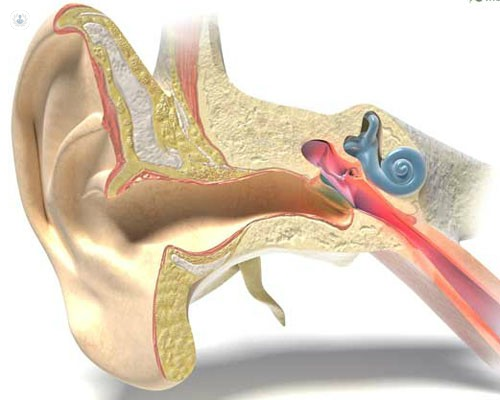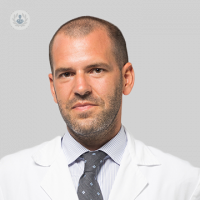Hearing loss: incidence, diagnosis and treatment
Written by:
Is hearing loss frequent? Who is affected?
Hearing loss is a very frequent problem. Mostly it affects two different age types, children and adults. In adults we know that up to half of the population over 50 or 60 will have a hearing problem and that problem increases up to 80% in people over 80 years. As for young children, at birth one in every 1200 children may have a hearing problem in one ear and one in every 5000 children the auditory problem can be severe and in both ears.
How is it diagnosed?
The diagnosis of hearing loss also differs according to the age group that we are trying to diagnose. In adults the diagnosis is somewhat simpler since the adult can answer when we are doing an audiometry. An audiometry with normal tones or an audiometry with words or phrases. However, in the child we need, not only a qualified person in the diagnosis of childhood hearing loss, but also a device or a series of much more specific tests in which to support us. Evidence that, without the need for patient collaboration, we can know if you are hearing or not hearing, how much you are hearing in each of the two ears
What treatment options are there? Have there been new developments?
Currently the treatment options are numerous and increasingly advanced. The first treatment, once we have a correct diagnosis, could be the use of hearing aids. The next-generation digital hearing aids give a much better response or hearing improvement than we previously had. It is important to choose the right hearing aid and have it programmed by the person, the audiologist or the appropriate hearing care professional.. Therefore, the otologist or otorhinolaryngologist should refer you to the right person and the right hearing aids.. When the hearing aids are no longer enough, either because they can not be used, either because they do not want to use them or because the loss is too severe, we are already in the field of implants, where the range of possibilities is wide and a good specialist will indicate implants that can be placed only in the bone, implants that can enter the inner ear and therefore deal with any type of hearing loss, whether severe or profound, or, finally, intermediate implants or implants. middle ear that we can implant completely inside the patient or partially, depending on the characteristics of each patient and each hearing loss.


